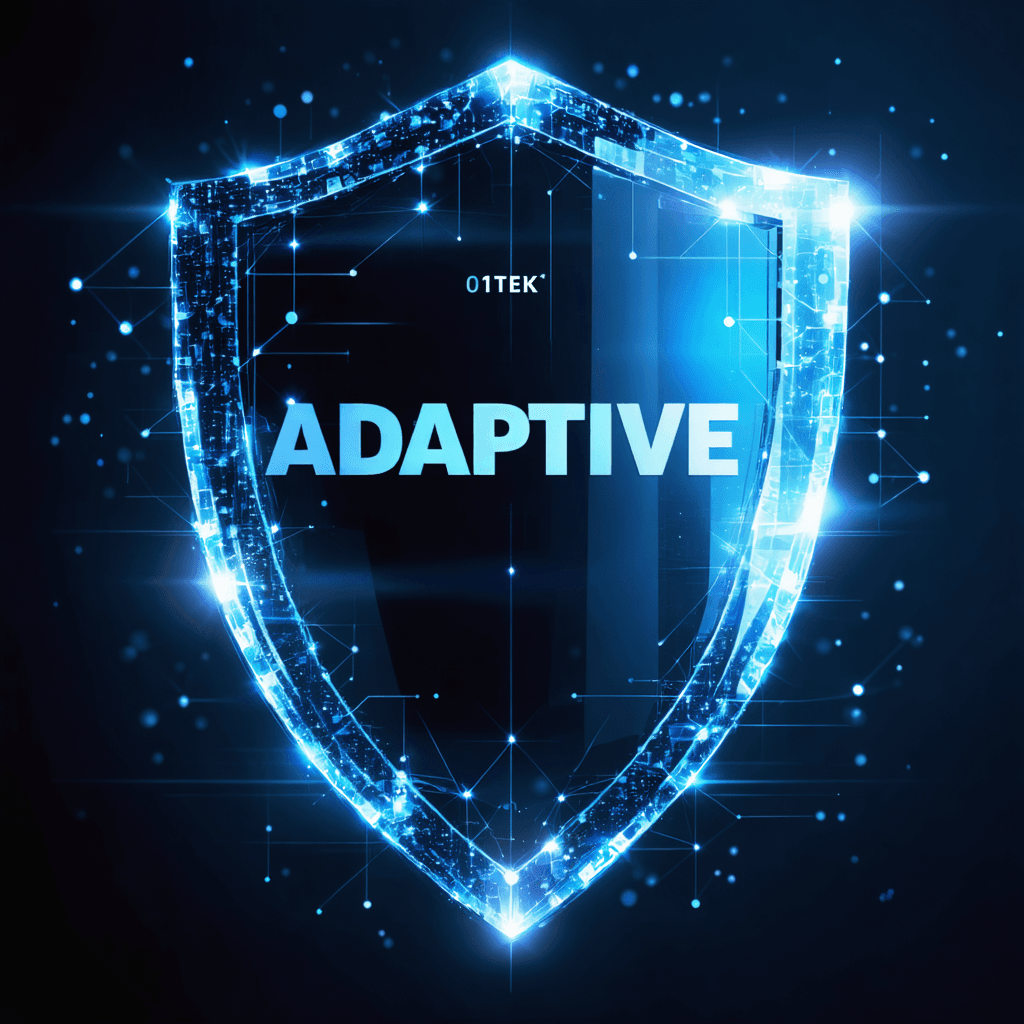Unleashing Adaptive Security: How Dynamic Updates Are Revolutionizing Decentralized System Protection
In today's rapidly evolving digital landscape, cybersecurity threats are becoming increasingly sophisticated and unpredictable. Traditional static security measures are no longer sufficient to protect decentralized systems from emerging threats. Enter adaptive security – a revolutionary approach that's transforming how we protect our digital infrastructure.
The Evolution of Security Paradigms
The journey from conventional security methods to adaptive solutions represents a significant leap in cybersecurity. Traditional security models relied heavily on predetermined rules and static defenses, often proving inadequate against modern cyber threats. Adaptive security, powered by artificial intelligence and machine learning, brings a dynamic approach to threat detection and response.
Understanding Adaptive Security
Adaptive security is an advanced approach that continuously monitors, learns, and adjusts its protective measures based on real-time threat analysis. This self-evolving system uses sophisticated algorithms to:
- Monitor system behavior patterns
- Identify anomalies in real-time
- Implement automated response mechanisms
- Learn from each security incident
- Adjust protection strategies dynamically
Key Components of Adaptive Security in Decentralized Systems
1. Real-time Threat Intelligence
Modern adaptive security systems incorporate real-time threat intelligence feeds from multiple sources. These systems analyze global threat patterns and automatically update security protocols across decentralized networks. This continuous update mechanism ensures that security measures remain current and effective against emerging threats.
2. Machine Learning Integration
Advanced machine learning algorithms form the backbone of adaptive security systems. These algorithms:
- Process vast amounts of security data
- Identify complex attack patterns
- Predict potential security breaches
- Recommend optimal defense strategies
3. Automated Response Mechanisms
When threats are detected, adaptive security systems can:
- Implement immediate countermeasures
- Isolate affected system components
- Deploy security patches automatically
- Adjust access controls dynamically
The Impact on Decentralized Systems
Decentralized systems present unique security challenges due to their distributed nature. Adaptive security addresses these challenges through:
Distributed Protection
- Synchronized security updates across all nodes
- Coordinated threat response mechanisms
- Unified security policy implementation
Enhanced Resilience
- Self-healing capabilities
- Automated system recovery
- Continuous vulnerability assessment
Best Practices for Implementation
1. Layered Security Architecture
Implement multiple layers of security controls that work in harmony:
- Network security
- Application security
- Data security
- Identity management
2. Continuous Monitoring
Establish comprehensive monitoring systems that track:
- System performance metrics
- Security events
- User behavior
- Network traffic patterns
3. Regular Assessment and Updates
Maintain system effectiveness through:
- Periodic security audits
- Performance evaluations
- Policy reviews
- Technology updates
Future Trends and Developments
The future of adaptive security in decentralized systems looks promising with emerging technologies such as:
Quantum Computing Integration
- Enhanced encryption methods
- Faster threat detection
- More sophisticated analysis capabilities
AI-Driven Security Operations
- Advanced predictive analytics
- Automated incident response
- Intelligent resource allocation
Practical Implementation Steps
Assessment Phase
- Evaluate current security posture
- Identify vulnerable areas
- Define security objectives
Planning Phase
- Design adaptive security architecture
- Select appropriate tools and technologies
- Develop implementation roadmap
Implementation Phase
- Deploy security solutions
- Configure monitoring systems
- Train personnel
Optimization Phase
- Monitor system performance
- Fine-tune security parameters
- Update security policies
Measuring Success
To ensure the effectiveness of adaptive security measures:
- Track security incident metrics
- Monitor system performance
- Measure response times
- Evaluate recovery effectiveness
Challenges and Solutions
Common Challenges
- Integration complexity
- Resource requirements
- Technical expertise needs
- Change management
Practical Solutions
- Phased implementation approach
- Comprehensive training programs
- Regular system updates
- Expert consultation
Benefits of Adoption
Organizations implementing adaptive security in decentralized systems can expect:
- Reduced security incidents
- Improved threat detection
- Enhanced system resilience
- Better regulatory compliance
- Lower operational costs
The Role of Human Expertise
While automation is crucial, human expertise remains vital for:
- Strategic decision-making
- Policy development
- System oversight
- Complex problem-solving
Getting Started with Adaptive Security
To begin implementing adaptive security:
- Assess your current security posture
- Identify critical assets and vulnerabilities
- Develop a comprehensive security strategy
- Choose appropriate security tools and solutions
- Implement monitoring and response systems
- Train your team on new security protocols
Final Thoughts
The adoption of adaptive security in decentralized systems marks a significant evolution in cybersecurity. Organizations that embrace this approach position themselves to better protect against current and future threats while maintaining operational efficiency.
Ready to enhance your organization's security posture? Explore our comprehensive range of cybersecurity courses and resources at 01TEK. Our expert-led training programs will equip you with the knowledge and skills needed to implement effective adaptive security measures. Visit our website today to learn more about our specialized cybersecurity solutions and take the first step toward building a more secure digital future.
Building and hanging on to an audience is the biggest role of social media.
Matthew Inman, The Oatmeal



